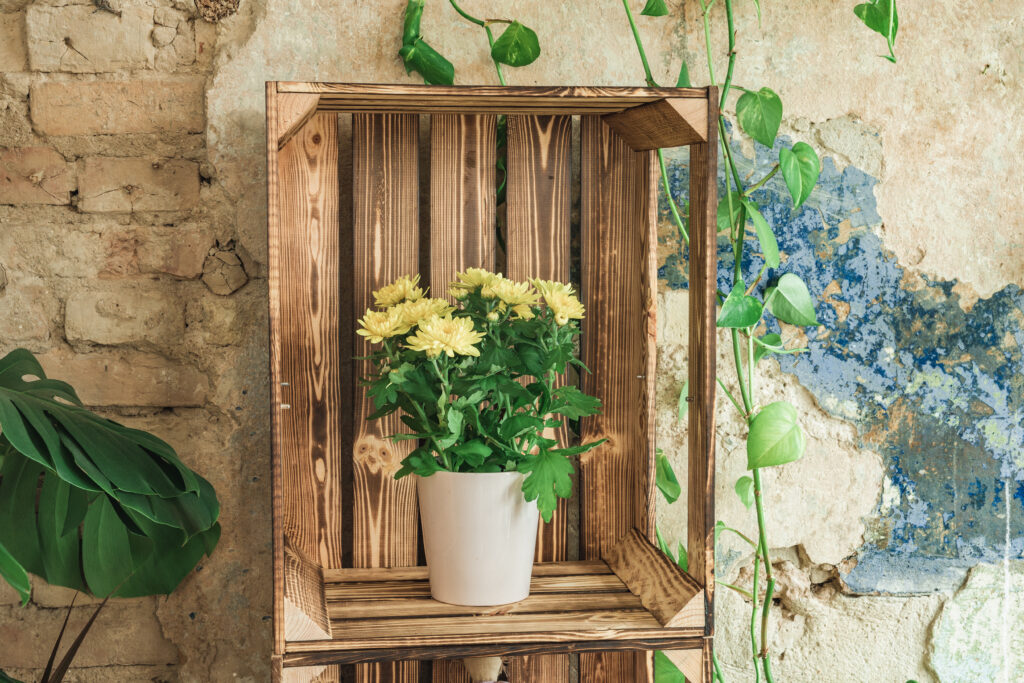Windows represent prime real estate for indoor plants, providing essential sunlight while often remaining underutilized as display space. A thoughtfully designed window shelf creates the perfect environment for your plants while making efficient use of vertical space. This is especially valuable for small apartment gardening, where every square inch counts. Let’s explore how to create the ideal multi-level window shelf system for your indoor garden.
Understanding Light Patterns for Optimal Plant Shelf Design
Before building or installing a window shelf, it’s essential to understand the specific light conditions of your space.
Analyzing Your Window’s Light Profile
- Direction: South-facing windows provide the strongest light, while north-facing offer the gentlest
- Obstructions: Note nearby buildings, trees, or overhangs that may block light
- Seasonal changes: Track how sunlight angles shift throughout the year
- Daily patterns: Observe how direct light moves across the space hourly
- Intensity zones: Map areas of direct, bright indirect, and lower light around your window
Understanding these patterns allows you to design a plant shelf that positions each plant in its ideal light zone.
Design Considerations for Window Plant Shelves
A successful window shelf balances aesthetic appeal, plant needs, and practical considerations.
Key Design Elements
- Depth variations: Deeper shelves below, narrower shelves above
- Height spacing: Allow adequate room for plant growth and maintenance
- Structural support: Ensure stability without blocking significant light
- Window access: Maintain ability to open/close windows and adjust blinds
- Moisture protection: Incorporate water-resistant materials or trays
Materials Selection for Window Plant Environments
Window areas experience temperature fluctuations and higher humidity, making material selection crucial for longevity.
Recommended Materials
- Hardwoods: Maple, oak, or cedar for moisture resistance
- Glass shelving: Maximizes light penetration to lower levels
- Acrylic or tempered glass: Lightweight alternatives to standard glass
- Metal supports: Thin profiles that minimize shadow casting
- Water-resistant finishes: Polyurethane or marine-grade sealants
Step-by-Step Construction Guide for a Multi-Level Window Shelf
Whether you’re building from scratch or modifying existing components, these steps will guide your project.

For Direct Window Frame Mounting
- Measure window dimensions precisely, including sill depth and width
- Create a scale drawing with planned shelf heights and depths
- Cut materials to size or have them cut at a home improvement store
- Sand edges smooth to prevent plant damage
- Apply water-resistant finish if using wood
- Install brackets or supports directly to window frame where structurally sound
- Secure shelving to supports
- Add safety features like front lips or guardrails for plant security
For Freestanding Window Units
- Design a self-supporting structure that fits your window dimensions
- Create a stable base that won’t tip when weighted with plants
- Build vertically with minimal supports to avoid blocking light
- Incorporate adjustable shelf options for flexibility
- Consider casters for seasonal repositioning if needed
Space-Saving Strategies for Small Apartment Gardening
For those with limited space, these innovative approaches maximize growing area.
Innovative Space Optimization Techniques
- Tiered corner designs that fan outward from window corners
- Suspended shelves hung from ceiling or tension rods
- Expandable accordion shelves that adjust to window width
- Window box extenders that create additional tiers above traditional sills
- Combination shelving/storage with plant display above and supplies below
Strategic Plant Arrangement for Maximizing Sunlight
Once your structure is complete, thoughtful plant placement ensures every specimen thrives.
Plant Positioning Principles
- Place sun-loving plants on top shelves closest to direct light
- Position partial-shade plants on middle shelves
- Arrange shade-tolerant varieties on lower levels
- Consider seasonal rotation as light angles change
- Group plants with similar watering needs for maintenance efficiency
Maintenance Considerations for Window Shelf Systems
Proper maintenance ensures both plant health and shelf longevity.
Practical Maintenance Tips
- Install drip trays or liners to protect shelving from water damage
- Establish an accessible watering system for hard-to-reach plants
- Clean glass or transparent shelving regularly to maximize light transmission
- Check structural integrity seasonally, particularly at connection points
- Monitor for moisture damage or warping and address promptly
By investing time in properly designing, constructing, and arranging a multi-level window shelf, you create an optimal environment for your plants while efficiently utilizing valuable space. The result is a beautiful, functional display that brings natural beauty to your home regardless of its size.




